[…]
The challenges of firing an oil-burner
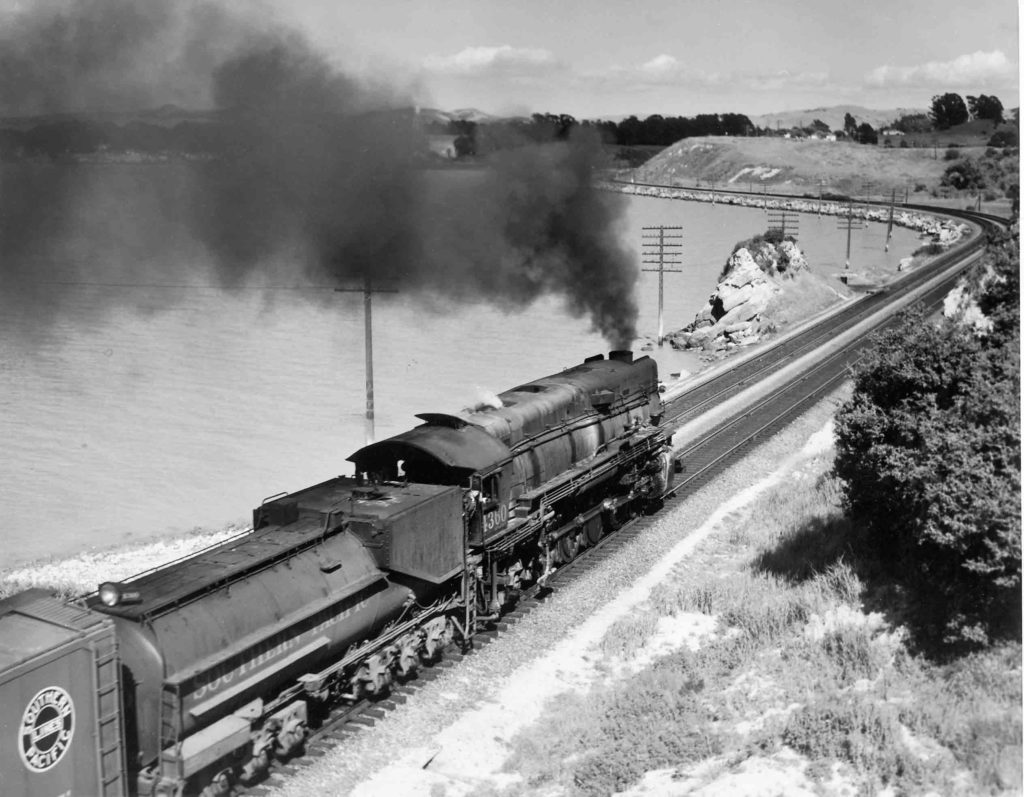
Firemen on oil-burners like SP 4-8-2 4360 at Pinole, Calif., had to be sure the fuel was not too hot, not too cold, and adequately pressurized. John C. Illman As a fireman of oil-burning steam locomotives on the Southern Pacific during the 1950s (on the Coast, Rio Grande, Western, and Sacramento divisions), I never envied […]
Blue Train of the Prairies
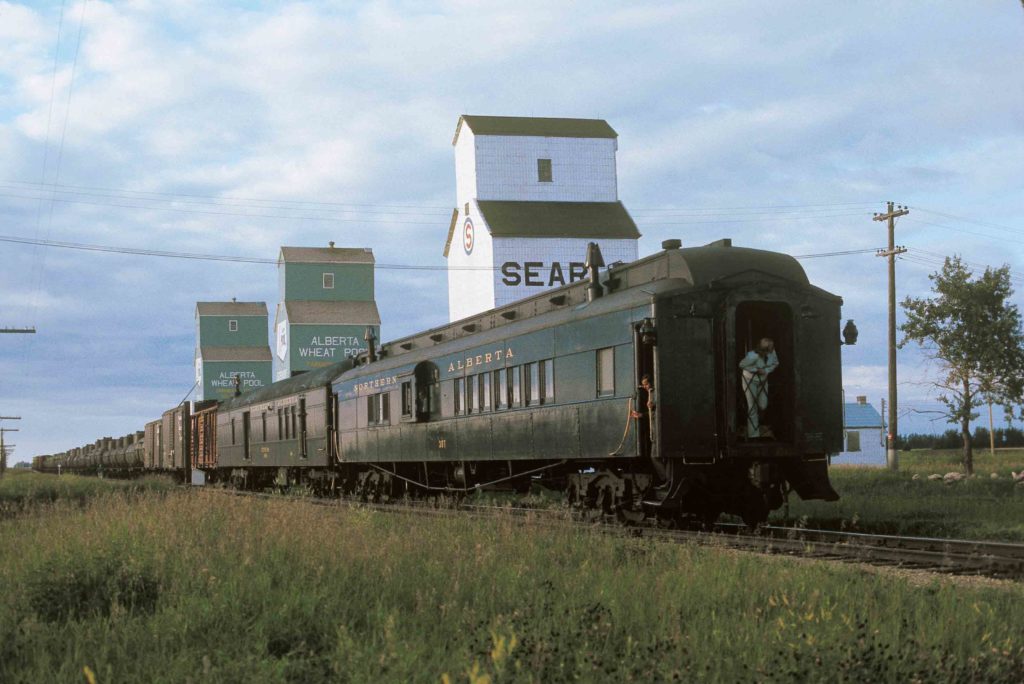
Still dressed in royal blue, a mail-express car and “comboose” 307 bring up the rear of NAR mixed train 75 at Egremont, Alta., in August 1972. J. David Ingles collection Several great trains have carried the name “Blue Train.” The most famous ones were in Europe and South Africa. Then there were the trains of […]
This is Richmond?
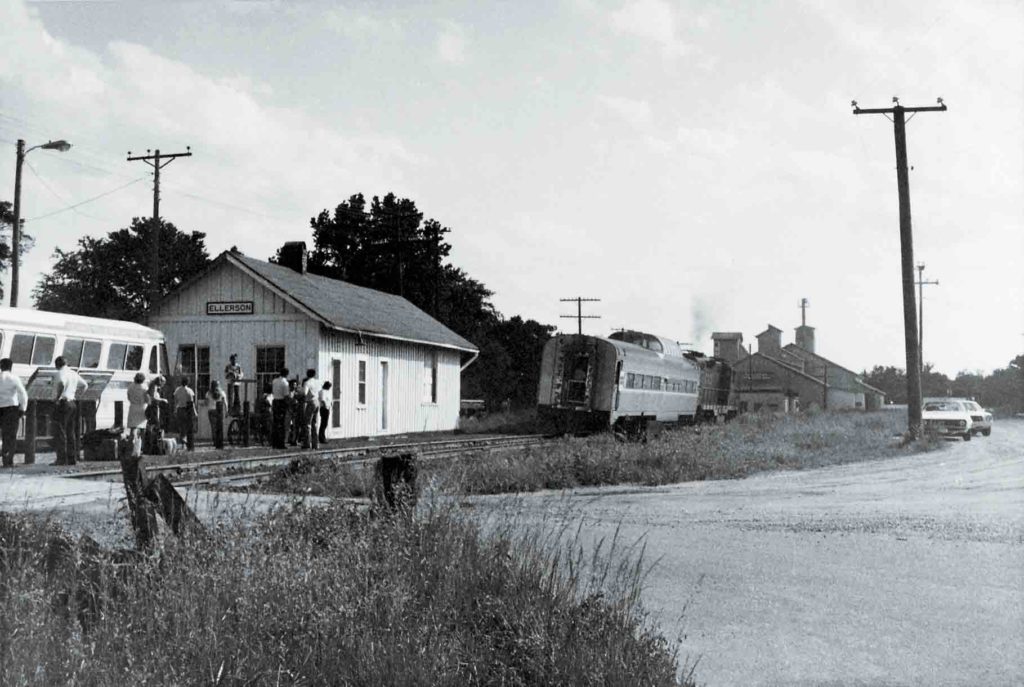
At Ellerson, Va., Richmond-bound passengers watch Amtrak train 450, the James Whitcomb Riley—a C&O GP7 and a dome coach—depart for Newport News before boarding a bus to their destination. Jack N. Bruce Jr. “Are you certain this is the Richmond stop?” asked J. C. Jones of Huntington, W.Va. He was getting off Amtrak train 450, […]
The ultimate degree of nomenclature

A Rutland RS3 switches at the road’s hub of Rutland, Vt., in 1957; 31.5 miles to the southeast on the Bellows Falls line is a road crossing with a memorable and long-lasting nickname. Jim Shaughnessy Many places are named for things associated with or located near them. Well-known examples include Niagara Falls, N.Y.; Warm Springs, […]
Magic carpet to Durham
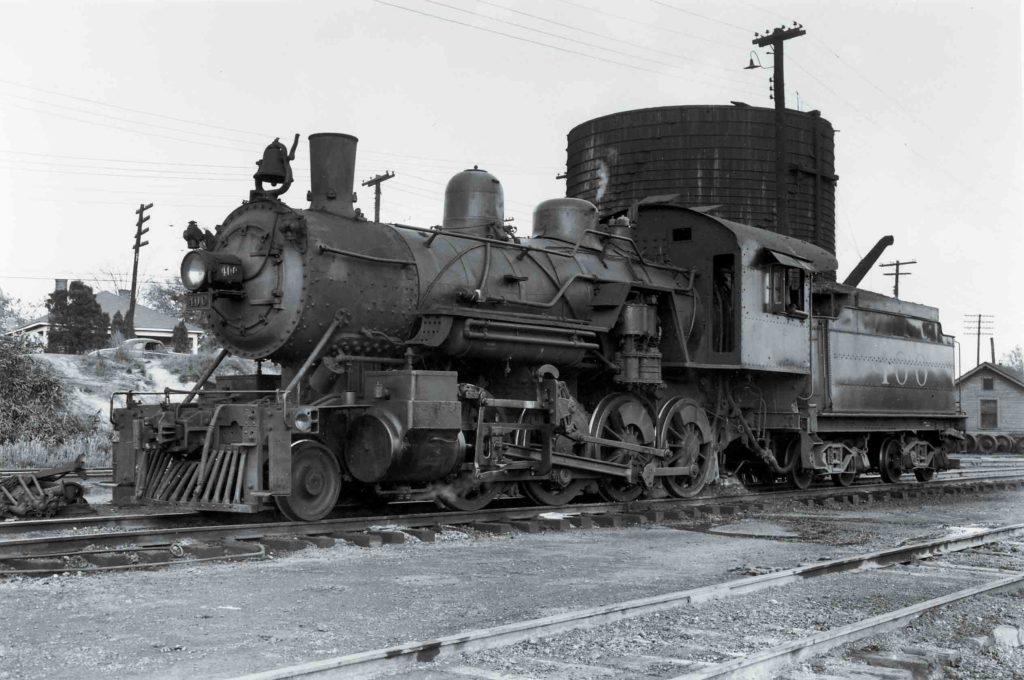
Southern Railway 2-8-0 No. 400 powered a boy’s “magic carpet” mixed train to Durham, N.C. Curt Tillotson Jr. collection What an adventure this was for a 7-year-old, impressionable young man, already a lover of trains. Indeed, every minute of the 4-hour trip from Stovall to Durham, N.C. (approximately 45 miles), is still fresh in my […]
End of the Line
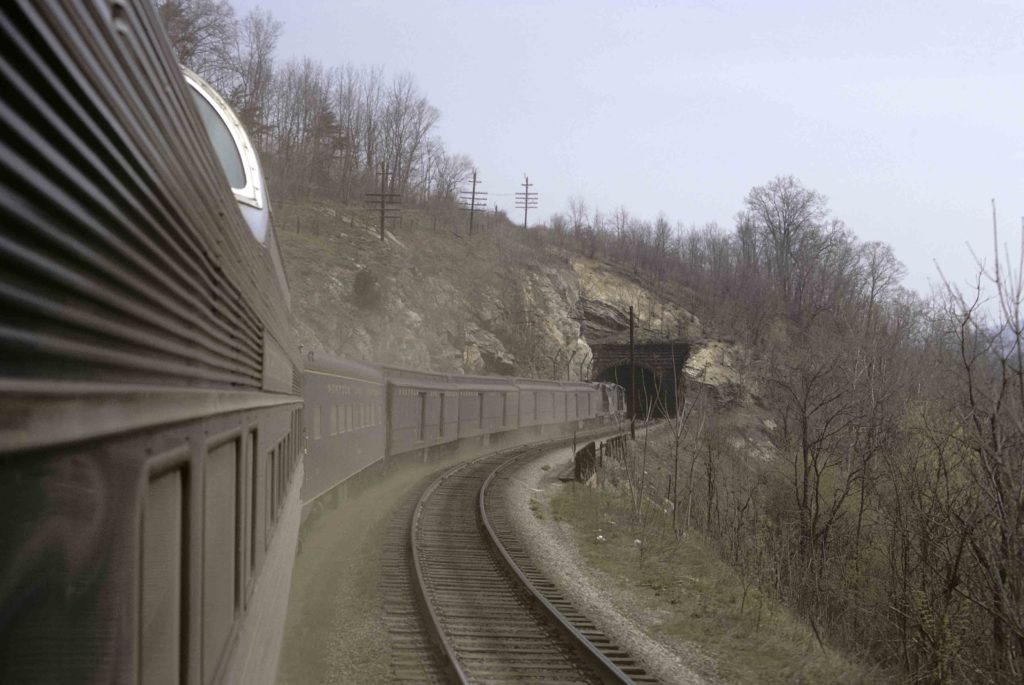
N&W’s eastbound Pocahontas descends Christiansburg Hill toward Roanoke on April 21, 1971 – ten days before Amtrak. J. David Ingles The air was chilly and damp as I stood beneath the eaves of the weather-beaten depot in Lynchburg, Va. I was waiting for the train that would take me back to Cincinnati one last time. […]
Ride ‘Em While You Can

Eastern trip, April 20–26 PC No. 66, Chicago–Cincinnati, April 20 PC E7 4211 (ex-PRR), PRR B60 baggage car, PC coach 2926 (ex-PRR) N&W No. 4, Pocahontas, Cincinnati–Roanoke, April 20–21 N&W GP9’s 508/501, 4 head-end cars, coach 532, dome coach 1610, sleeper Buchanan County; diner 493 added at Williamson, W.Va. (train left Roanoke with GP9’s 519/517, […]
Classic Trains, Spring 2011
[…]
Cruel and inhuman punishment
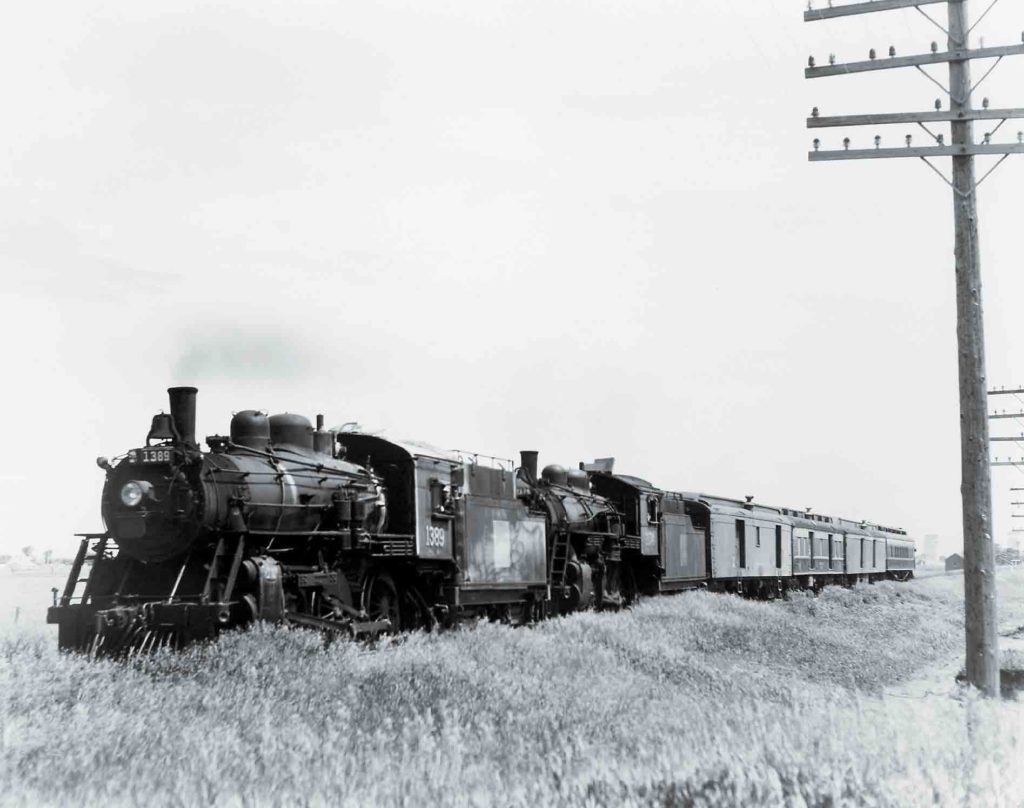
Low-drivered 2-8-0 No. 2174 struggles to keep up with 4-6-0 No. 1389 on CN train 48 for Winnipeg. Hal Lewis In the 1950s, Canadian National, as a government-owned railroad, was forced to operate many money-losing passenger trains because these trains were the only available mode of transportation in the areas they served. Such was the […]
Showtime in Pasadena
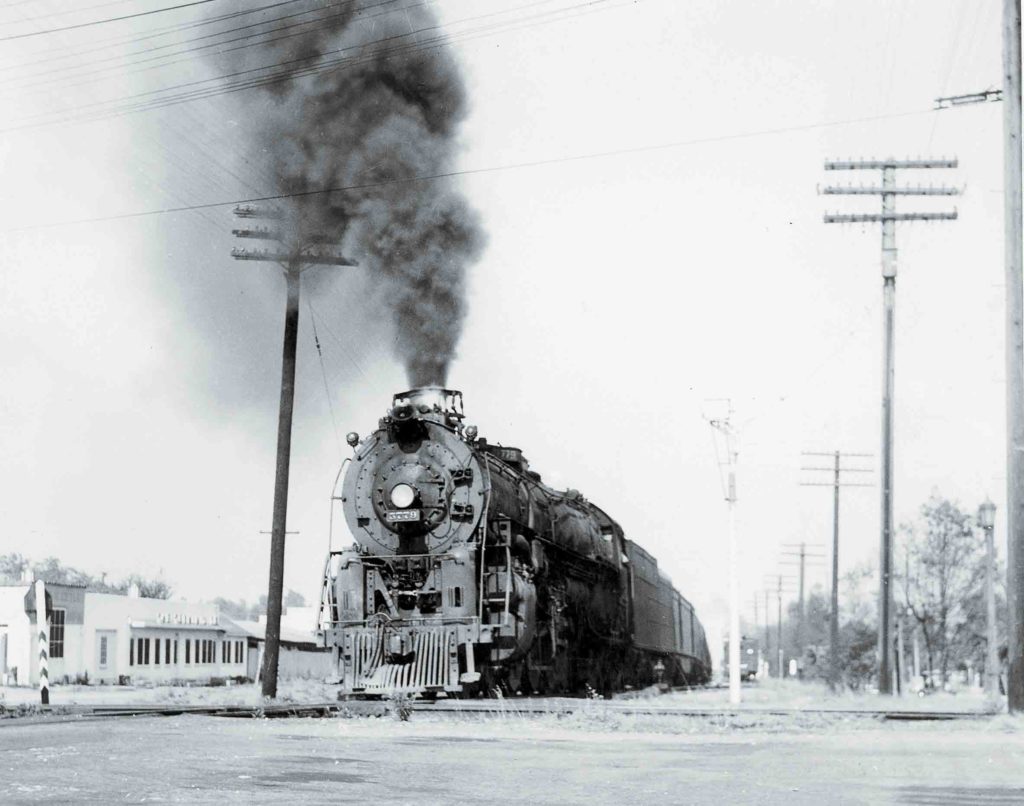
“Big, beautiful” Santa Fe 4-8-4 3779 talks it up through Pasadena’s Lamanda Park area with First No. 3, the California Limited for Los Angeles, in June 1945. Stan Kistler I lived in Pasadena, Calif., during the final days of steam on the Santa Fe. I particularly remember the 3776-class 4-8-4’s built by Baldwin in 1941. […]
One day in March
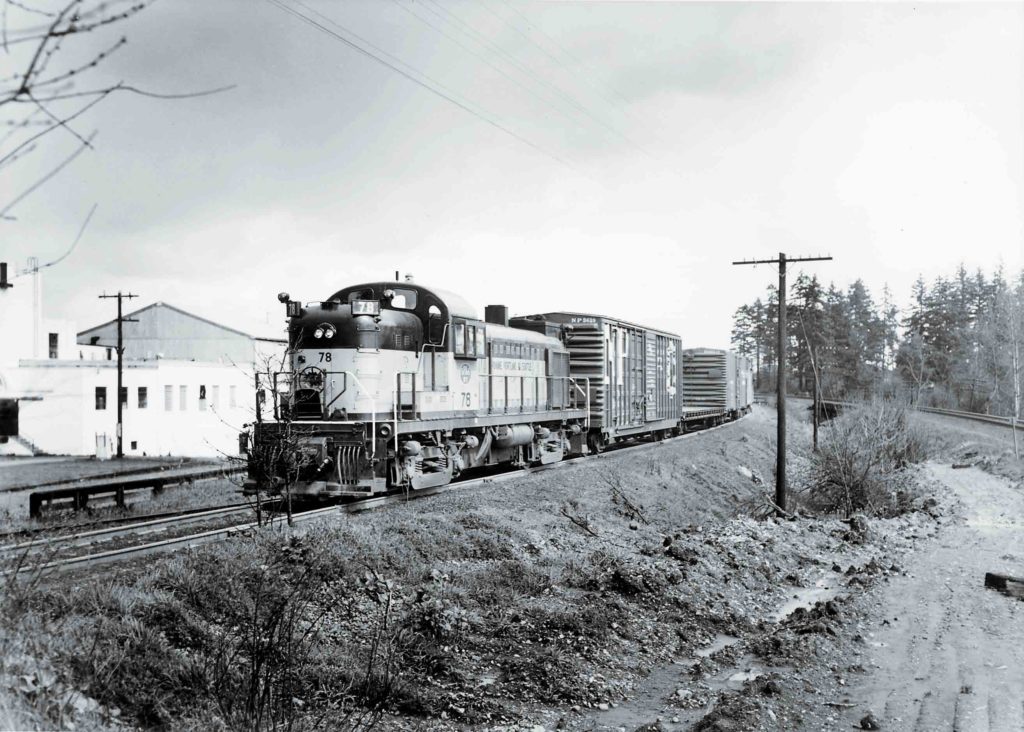
With the empty SP track to the right, SP&S RS3 78 trundles past with a short freight at Albany, Ore., on March 18, 1967. David Lustig Where were you on March 18, 1967? I was in Albany, Ore., a teenager waiting patiently for a southbound Southern Pacific freight train that I knew in my bones […]
